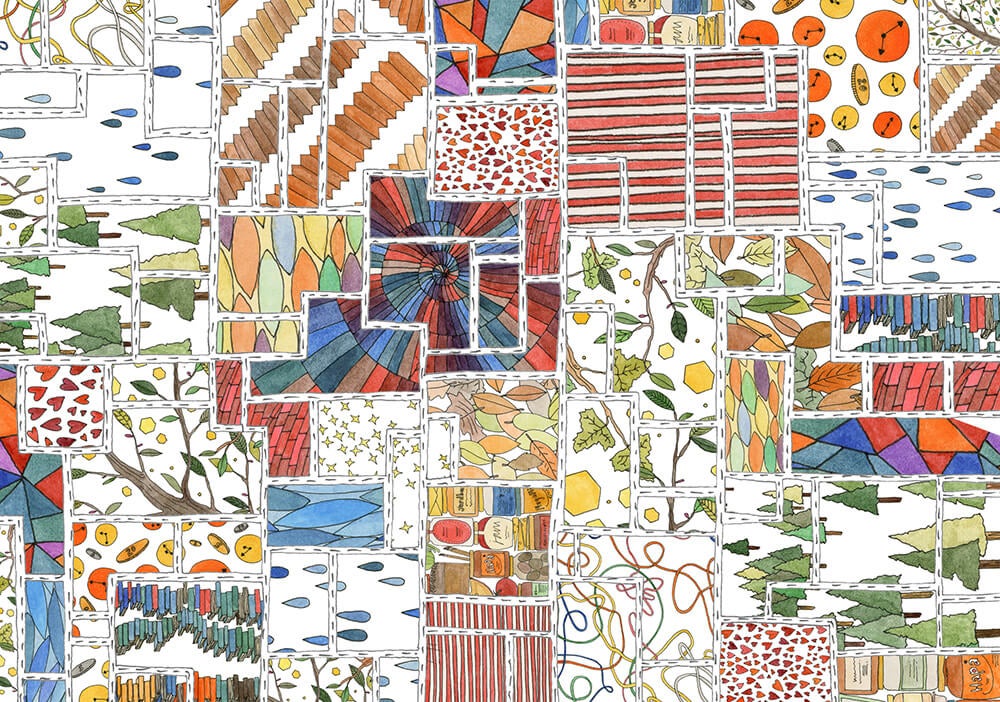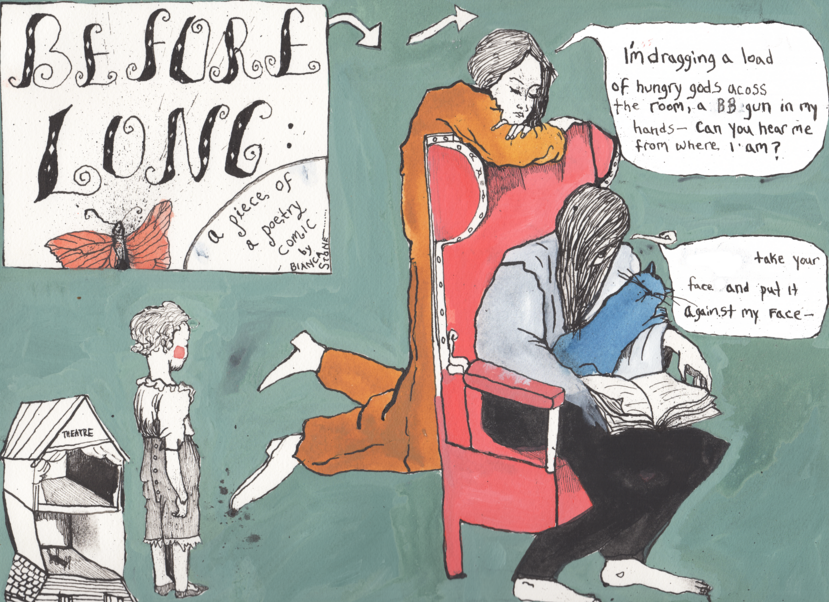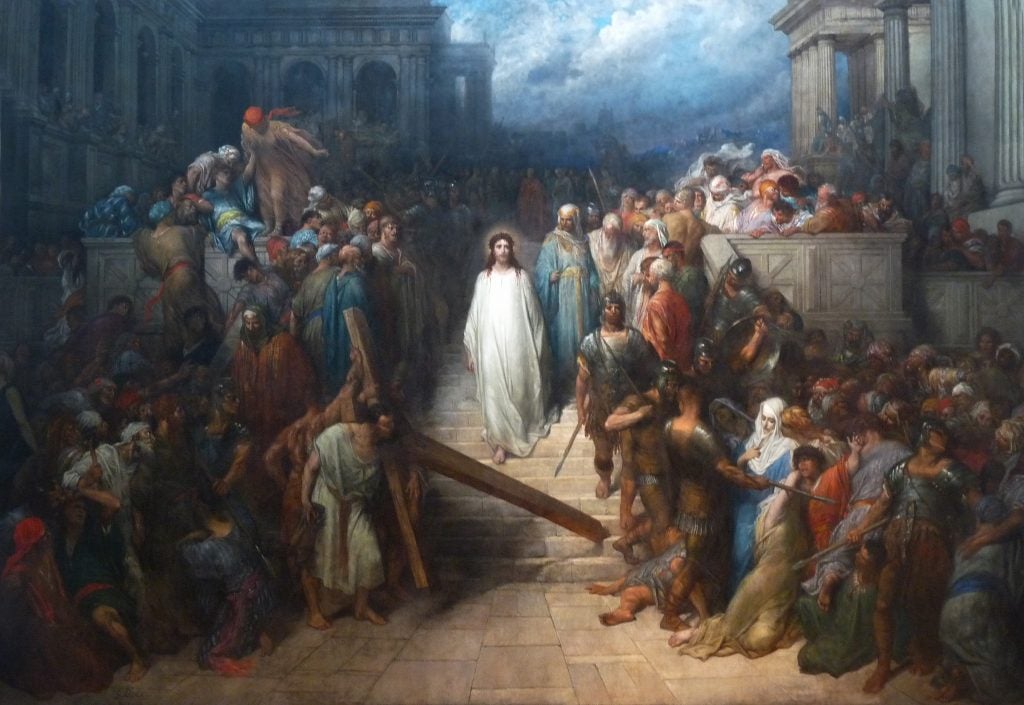A Lifetime of Writing: Interview with Margaret Kimball
Margaret Kimball is an award-winning illustrator and the author of And Now I Spill the Family Secrets, a graphic memoir about mental illness and family dysfunction. Her graphic essays have appeared or are forthcoming in The Believer, Ecotone, Black Warrior Review, South Loop Review, and elsewhere. Her work has been listed as notable in Best […]
A Lifetime of Writing: Interview with Margaret Kimball Read More »
Margaret Kimball is an award-winning illustrator and the author of And Now I Spill the Family Secrets, a graphic memoir about mental illness and family dysfunction. Her graphic essays have appeared or are forthcoming in The Believer, Ecotone, Black Warrior Review, South Loop Review, and elsewhere. Her work has been listed as notable in Best








